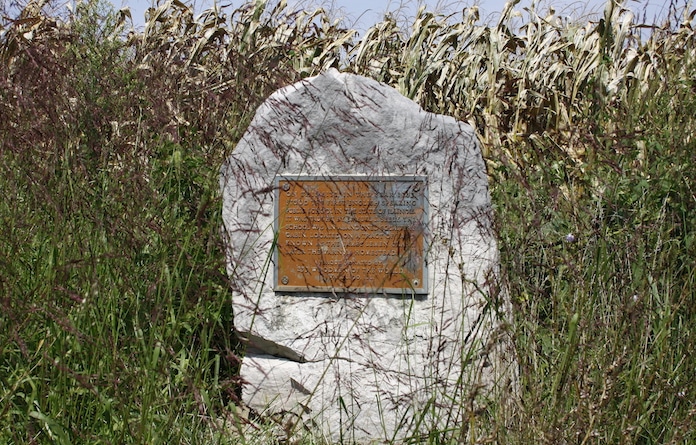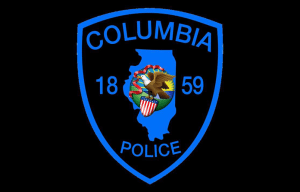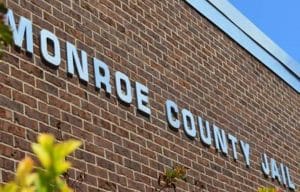Old school history in Monroe County

Anyone who has driven on the section of KK Road between Burksville and Burksville Station has, maybe unwittingly, driven through the location of the first English-speaking public school in what would become the state of Illinois.
Before and shortly after the American Revolutionary War, settlements near St. Louis on the eastern banks of the Mississippi River were comprised mostly of French language speakers.
The New Design settlement south of Bellefontaine (modern-day Waterloo) was one of the few with mostly descendents of English-speaking immigrants. The settlement itself was the largest American settlement in Illinois prior to 1800.
All that remains now of the school’s existence is a plaque set in a slab of Mississippian limestone on the edge of a field, but its impacts on the state are much larger.
The school was established in 1793 in the New Design settlement. It was housed in an abandoned squatter’s log cabin. The floor was dirt and a log was removed from one wall to provide better lighting.
“Round poles were placed in it for seating purposes, and what little desk facilities were furnished, were merely small logs flattened by a few strokes of the ax and placed with the hewed side up,” according to the “History of Randolph, Monroe & Perry Co’s Illinois,” published in 1883.
Despite its frontier-esque composition, the school was the place of study for several people of note in the state’s history.
It is likely that William Kinney, elected lieutenant governor of Illinois in 1826, may have been at least a temporary pupil at the school house. His father relocated the Kinney family from Kentucky to New Design in 1793 when William was 12 years old.
The 1881 “History of St. Clair County” says that he received “but little scholastic education” and that “it is said that he went to school regularly only three months,” so there is a question of whether he attended the school in New Design.
One definite student was James Lemen Jr., whose father was one of the founders of the New Design settlement. Lemen is thought to be the first ordained minister of Illinois born in the territory. He was also a member of the Territorial Legislature at Kaskaskia before and after Illinois became a state in 1818. He was a member of the Illinois Senate twice and was part of the convention that framed the first Illinois Constitution.
His teacher at the New Design school was the Rev. John Clark, a Scotsman by birth and “one of the most active and useful of the pioneer preachers of Illinois” as described in the “History of St. Clair County.”
He is also reported to have “taught the higher branches in mathematics, philosophy, etc., and became very popular among the people” in New Design.
Clark was not the first teacher at the New Design school, though. That honor belongs to Samuel John Seely. Not much is known about Seely other than the fact he taught there in the summer of 1793.
In the fall and winter following, a man named Francis Clark was the school’s teacher, but he was not effective. He was described as an “intemperate” man.
After Clark, the teacher in New Design was one of the premier educators in the area at that time, Thomas Halfpenny.
Halfpenny was an Irish immigrant who fought in the Revolutionary War before ending up in Illinois. According to Illinois Governor John Reynolds’ “History of Illinois” (1830-1834), Halfpenny became “schoolmaster general of Illinois” and “taught almost all the children in Illinois in his day that received any education at all.”
After Halfpenny it was Rev. Clark’s turn. After Clark’s tenure, the fate of the log cabin that was the beginning of Illinois’ English language education is uncertain.
After 1800, the area was becoming more populated and options better than a dimly-lit abandoned cabin became available for educational purposes, but the stone marker and the school’s place in Illinois history remain.
The site of the marker is located just east of G Road on KK Road and is part of the Kaskaskia-Cahokia Trail. The plaque was donated by the 223rd Woodmen of the World, Waterloo.






